Key ingredients:
SAPTHAPARNI (Alstonia scholaris)
It is commonly called the blackboard tree. The bark and latex are mainly used for medicinal purpose. Saptaparni bark paste is applied locally in chronic skin ulcers. Alstonia also increases digestive power. The ripe fruits of the plant are used in syphilis and epilepsy.
NIMBA (Azardirachta indica)
Commonly known as Neem, it is used for various skin diseases, eye disorders, ulcers, gum diseases, for birth control. It is also used as a mosquito repellent. Neem leaf paste is used as a home remedy for the skin.
GUDUCHI (Tinospora cordifolia)
It is commonly known as Amruth. The extract is used in fever and in rhinitis conditions. It’s having tonic, anti-spasmodic, anti-inflammatory, antipyretic, anti-arthritic, anti-lepritic, anti-allergic, and anti-diabetic properties. The powder of Tinospora is given to children by mixing with lukewarm water and in pregnant women also.
SATAVARI (Asparagus Recemosus)
The Sanskrit word means a plant with hundred roots. Mainly used for long time as the hormone balance and a general tonic to uplift female health and libido. Also manages diabetes mellitus, prevents high cholesterol level and helps in the treatment of bacterial and fungal infections, edema, infertility depression, and cancer.
MUSTA (Cyperus rotundus)
It is commonly known as common nutsedge. Effective in gastritis, irritable bowel syndrome. Due to its breast purification property, it is used during postpartum care to avoid indigestion to the child. Water boiled with mustaka can be used to pacify thirst in fever. A decoction of Mustaka should be taken mixed with honey and used in diarrhea.
BRAHMI (Bacopa monnieri)
Brahmi is used for Alzheimer’s disease, improving memory, anxiety, attention deficit-hyperactivity disorder (ADHD), allergic conditions, irritable bowel syndrome, and as a general tonic to fight stress. It’s a common habit of eating Brahmi leaves for school-going children. Since the liver is the biggest agent of detoxification of the body, the compounds in Brahmi benefits the liver in this aspect. It helps by aiding the liver in its conversion of toxins into harmless ones and waste products.
KATUROHINI (Picrorhiza kurroa)
Commonly known as Katuki, it is used to treat skin conditions including eczema and vitiligo, a disorder that causes white patches on the skin. It is considered to be an important detoxifying or liver degenerating herb. Consumed with either warm water or ghee, it can naturally protect the body from seasonal dangers. You can also try adding powdered Katuki to your meals to boost your health.
VACHA (Acorus calamus)
Vacha is an ancient herb having various health benefits. The name “Vacha” in Sanskrit means speaking clearly because this herb stimulates intelligence and expression. In Ayurveda, Vacha is known as a rejuvenating herb because of its effect on the nervous system. It’s bitter in taste and used in dry form. According to Ayurveda, taking Vacha along with honey daily helps manage speech disorders due to its Vata balancing and Medhya (intelligence) properties.
HARITAKI (Terminalia chebula)
Commonly known as Indian walnut tree, it is one among the Triphala. The important drug in the various Ayurvedic preparations. It holds high significance for treating diarrhea, dysentery, vision problems, obesity, gingivitis, gout, asthma.
VIBHITAKI (Terminalia bellerica)
Commonly known as Bahera, it is one among the Triphala. The fruit of the plant is used. The drug is used in the preparation of many Rasayanas as well used in obesity, maintaining blood sugar level, enhances digestion, relieves constipation, etc.
AMALAKI (Embilica officinalis)
Commonly known as Indian gooseberry, it is one among the Triphala. Rich with Vitamin C, Amalaki is known for its anti-aging property and as an immunity booster. Commonly used for maintaining cholesterol levels, heartburn, and diabetic conditions. Easily available in the kitchen as a side dish.
PIPPALI (Piper longum)
Commonly called Indian long pepper, it is effective in different respiratory tract diseases. It provides relief from cough and congestion and also helps in removing phlegm deposits from the respiratory tract. Also improves appetite and digestion, as well as to treat stomachache, heartburn, indigestion, intestinal gas, diarrhea, and cholera.
KUTAJA (Hollerhena antidysentrica)
Prominent benefit in managing diarrhea and dysentery due to its antimicrobial activity. It is also useful for managing bleeding piles due to its astringent property. Taking Kutaja powder along with water after having light food to manage diarrhea and dysentery. Washing wounds with Kutaja water helps in faster wound healing due to its Ropana (healing) property.
YASHTIMADHU (Glycyrrhiza glabra)
Roots as choorna are mainly used for Ayurvedic preparations as well as a single drug. Yashtimadhu oil externally used for various skin conditions as well as decoctions is used internally for respiratory disorders and digestive disorders.
PATA (Cyclea peltata)
It is commonly known as Indian moonseed. Enhancing immunity and preventing inflammation of the respiratory passages due to its immunomodulatory and anti-inflammatory properties. Used in conditions including infertility, wound, hypertension, and skin diseases.
COCONUT OIL (Cocus nucifera)
Commonly known as Coconut oil, topically applied coconut has a moisturizing effect and prevents water loss. It works on all kinds of skins and protects the skin in all seasons. Coconut oil strengthens and enhances hair growth. Coconut oil contains natural saturated fats that increase HDL (good) cholesterol levels in your body.
PSORA OIL
Effective treatment for all types of skin diseases ranging from fungal & bacterial infections to atopic dermatitis. Cures dry, itchy, and scaly skin and promotes the growth of new tissue and healing in skin lesions.
Speciality: 100% Natural. Purely herbal. Vegetarian.


 Sign In
Sign In Cart
Cart 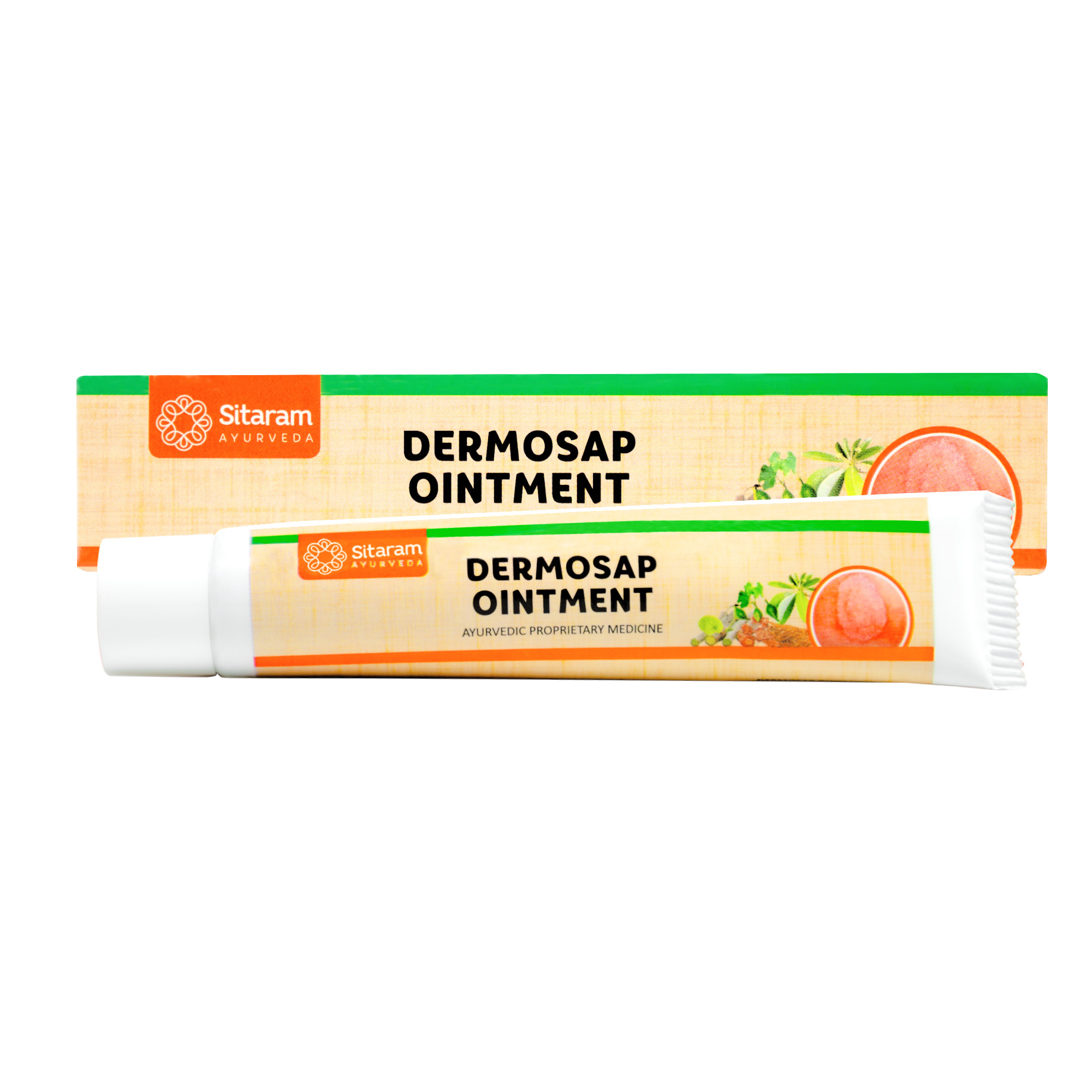
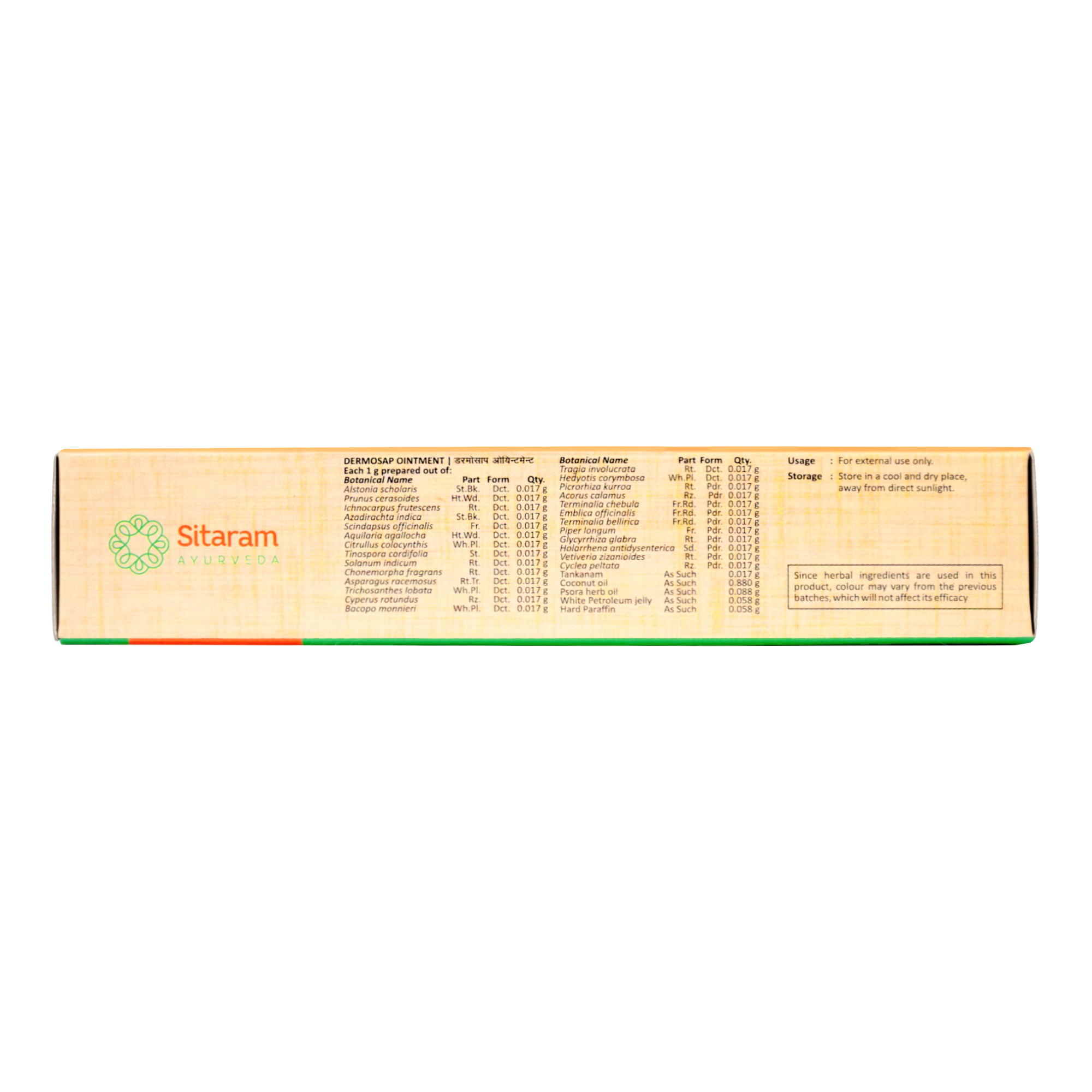
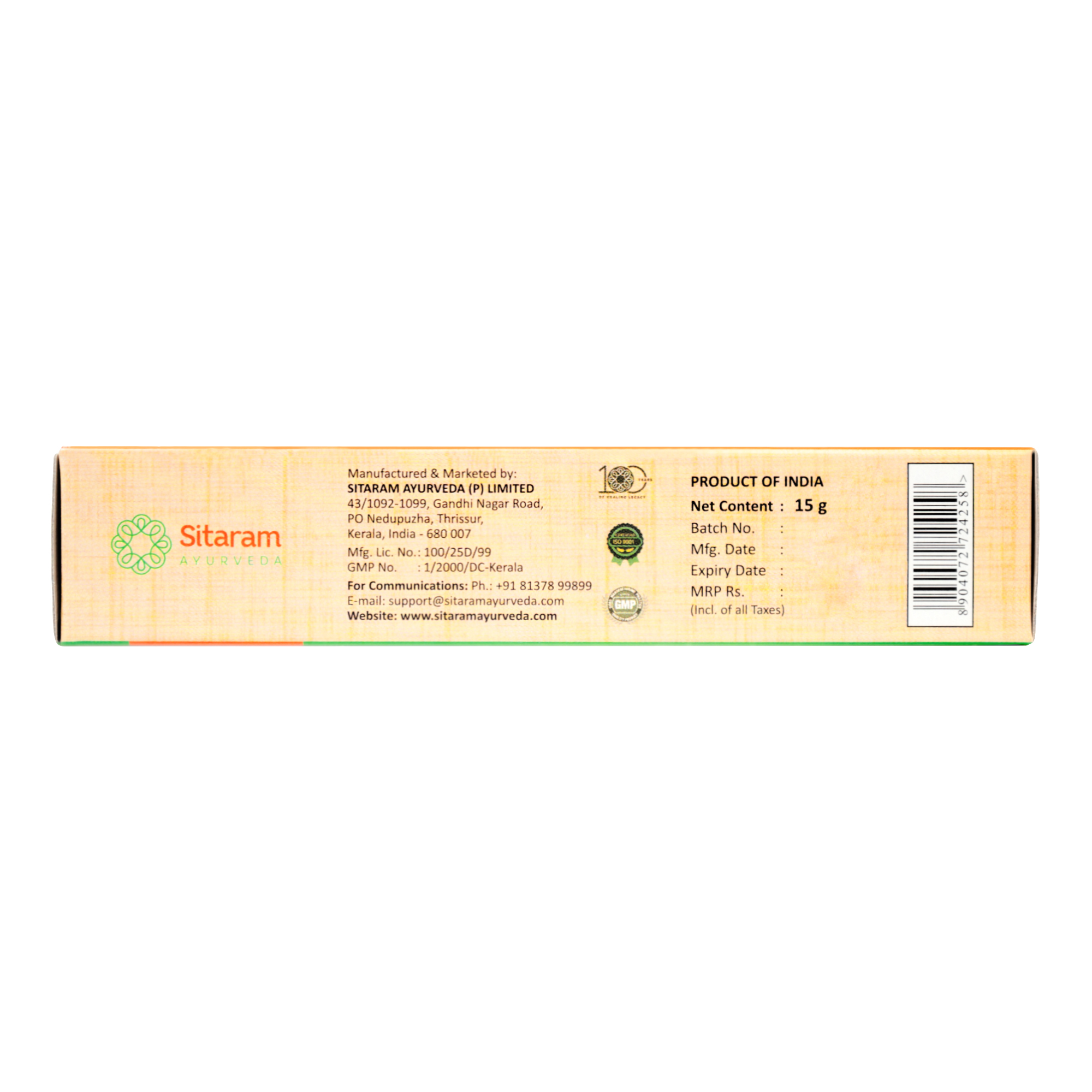
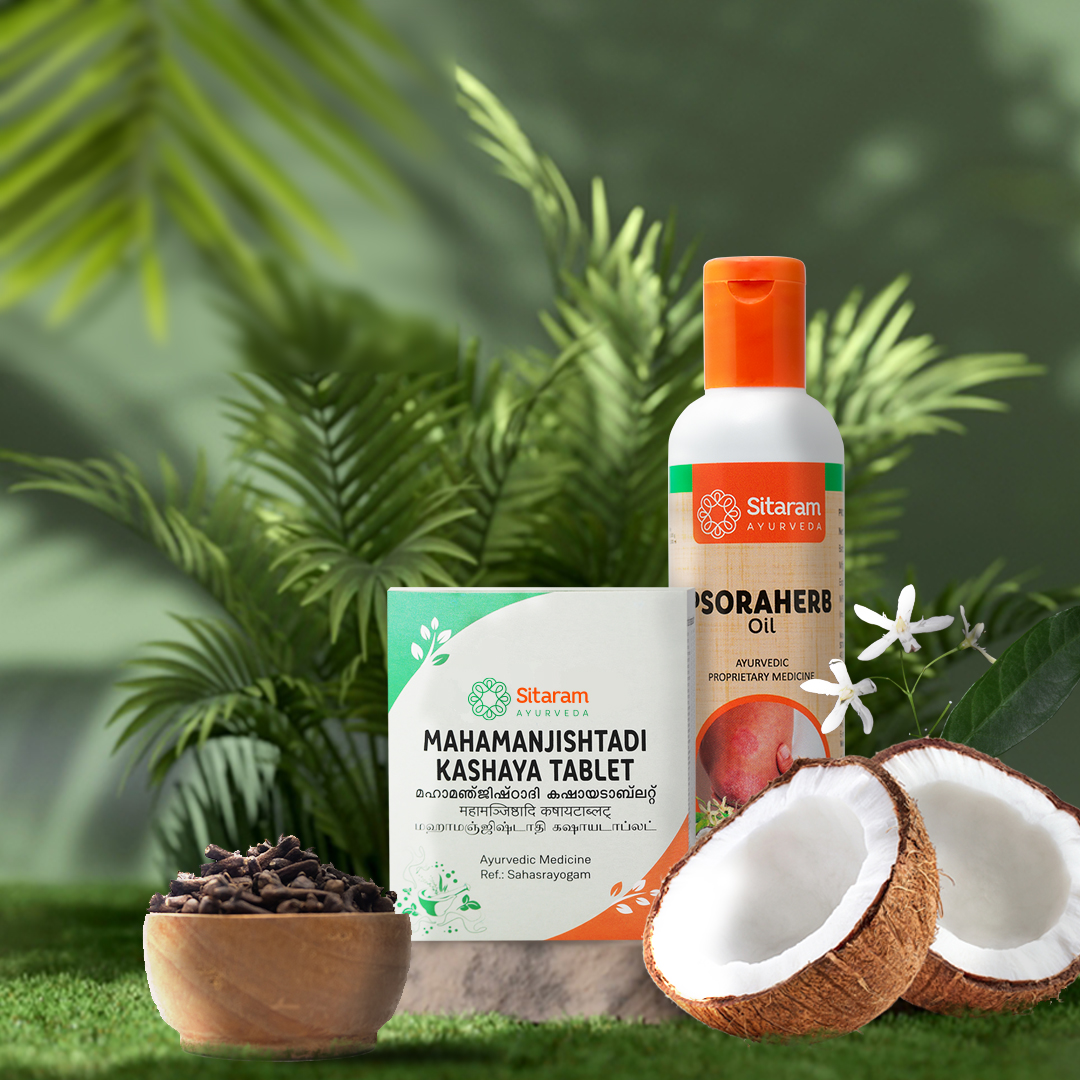
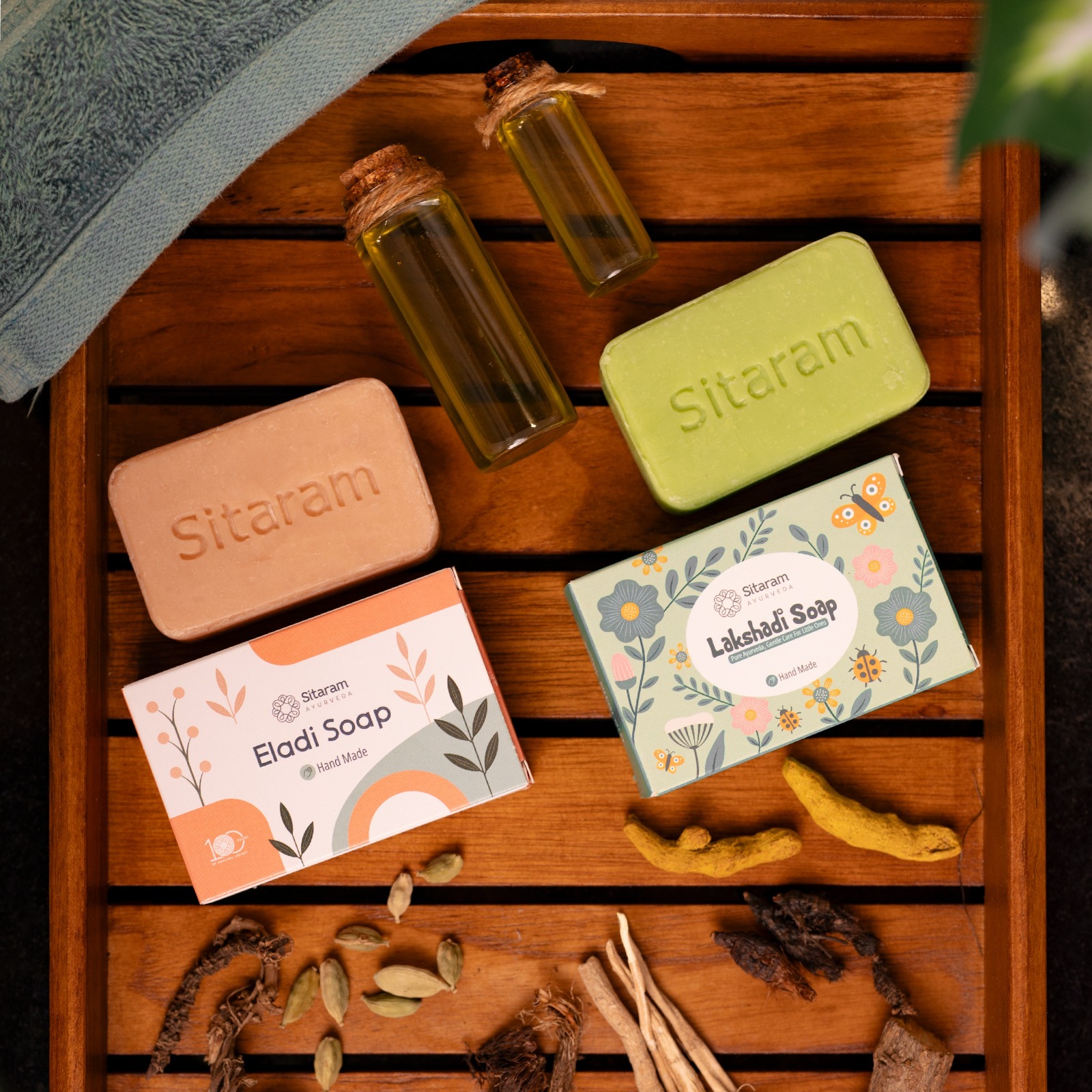
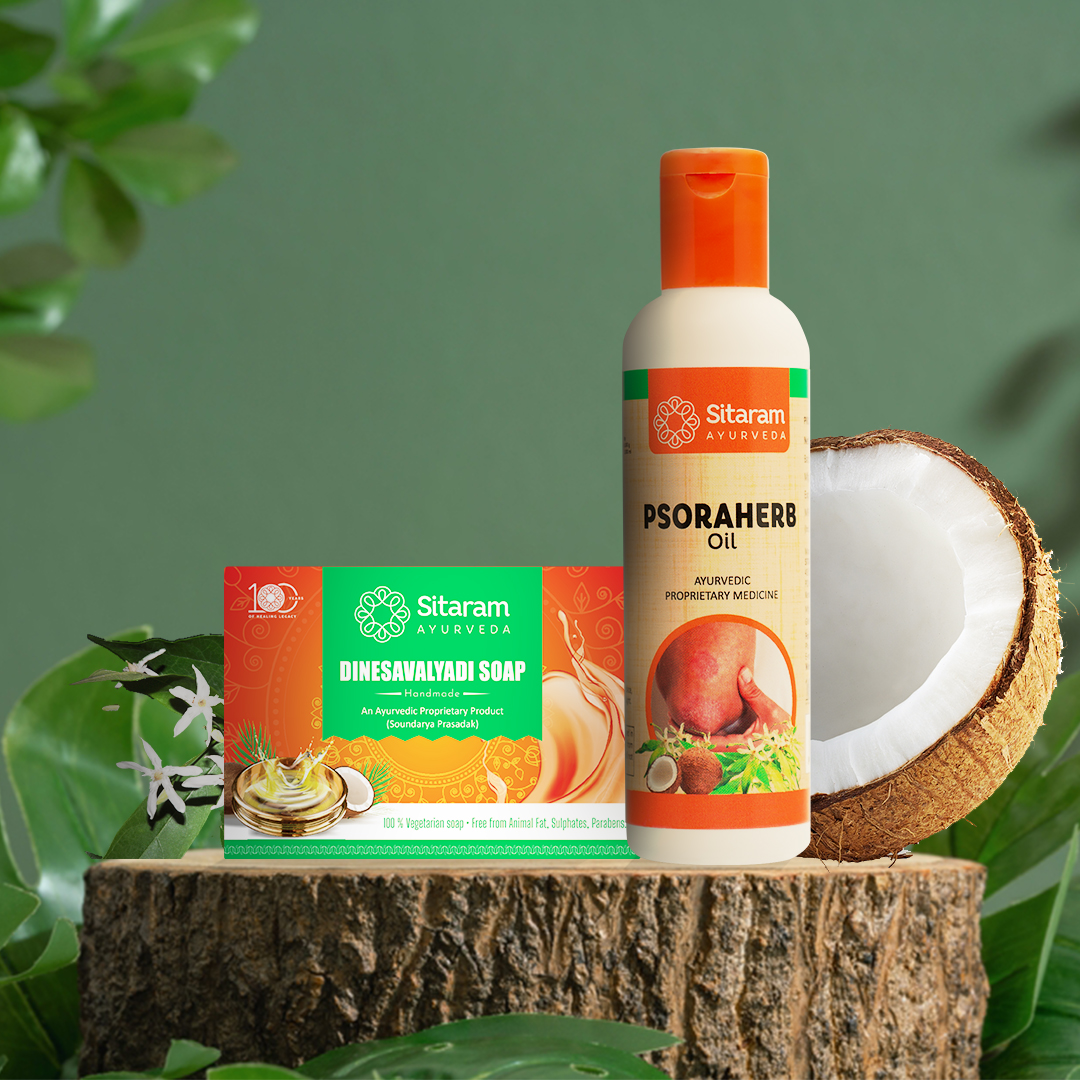
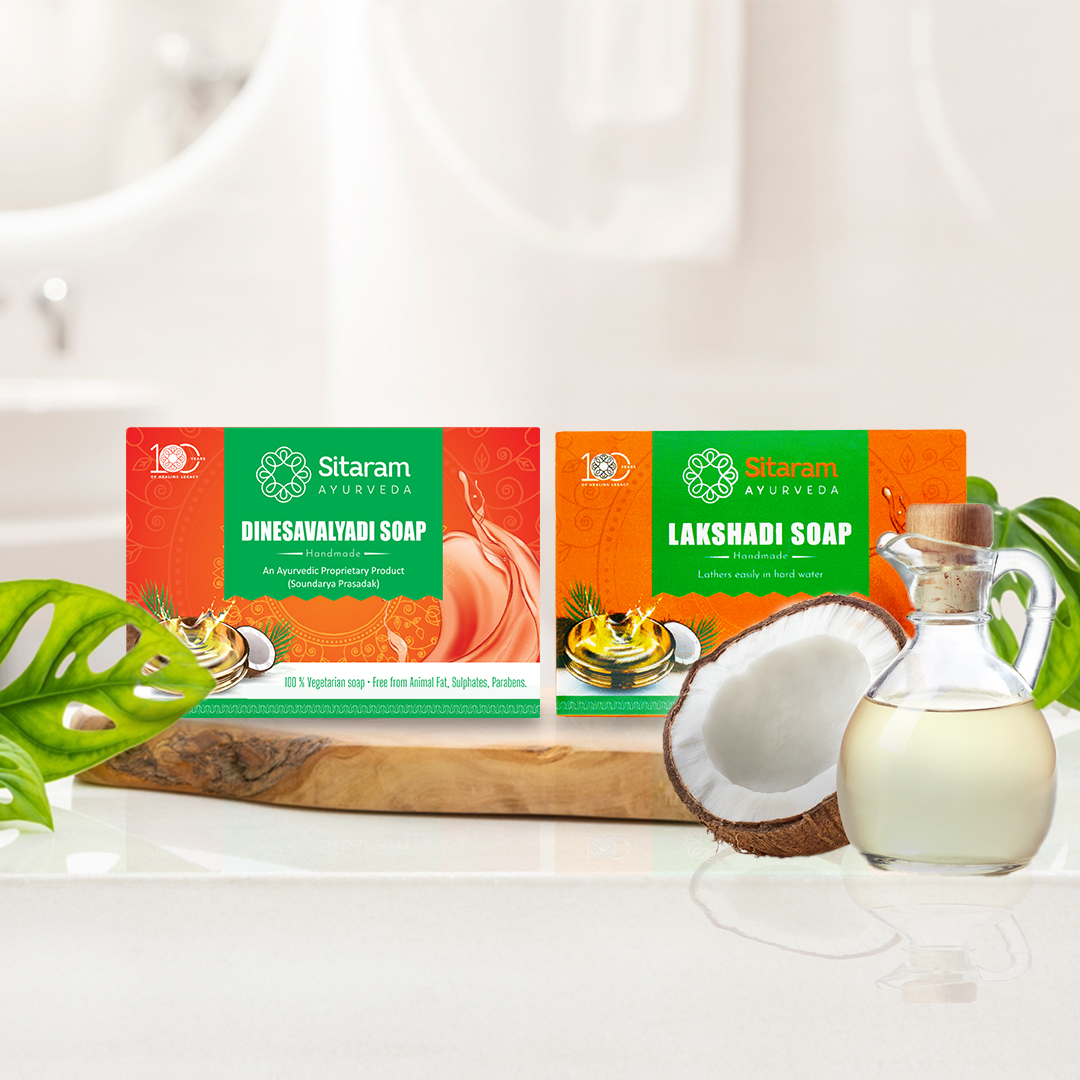
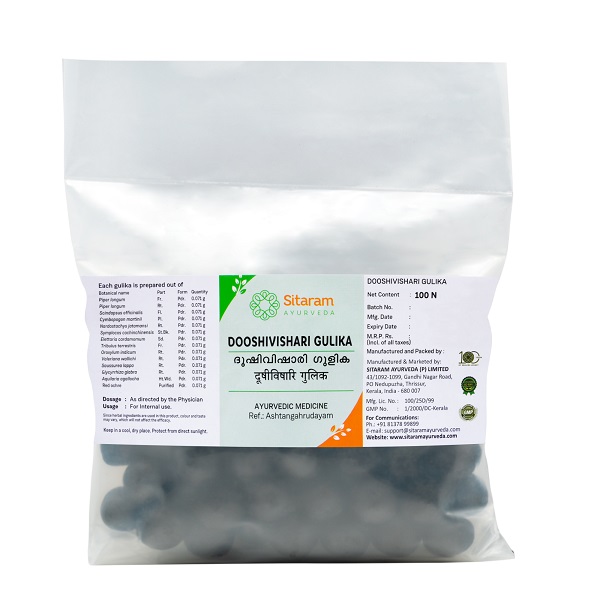
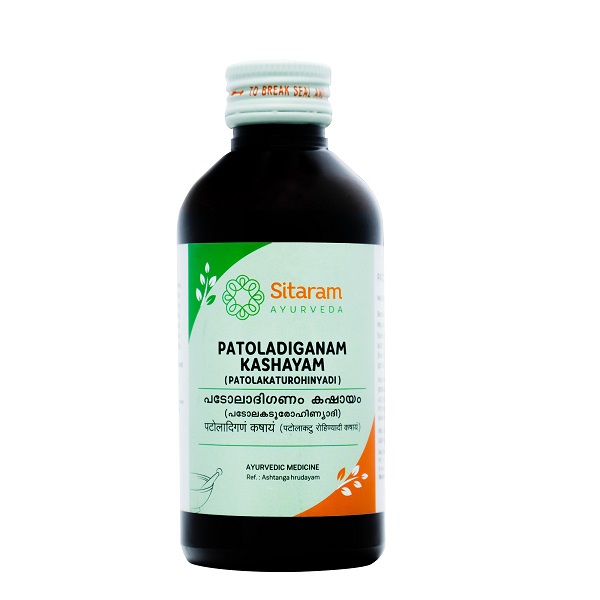
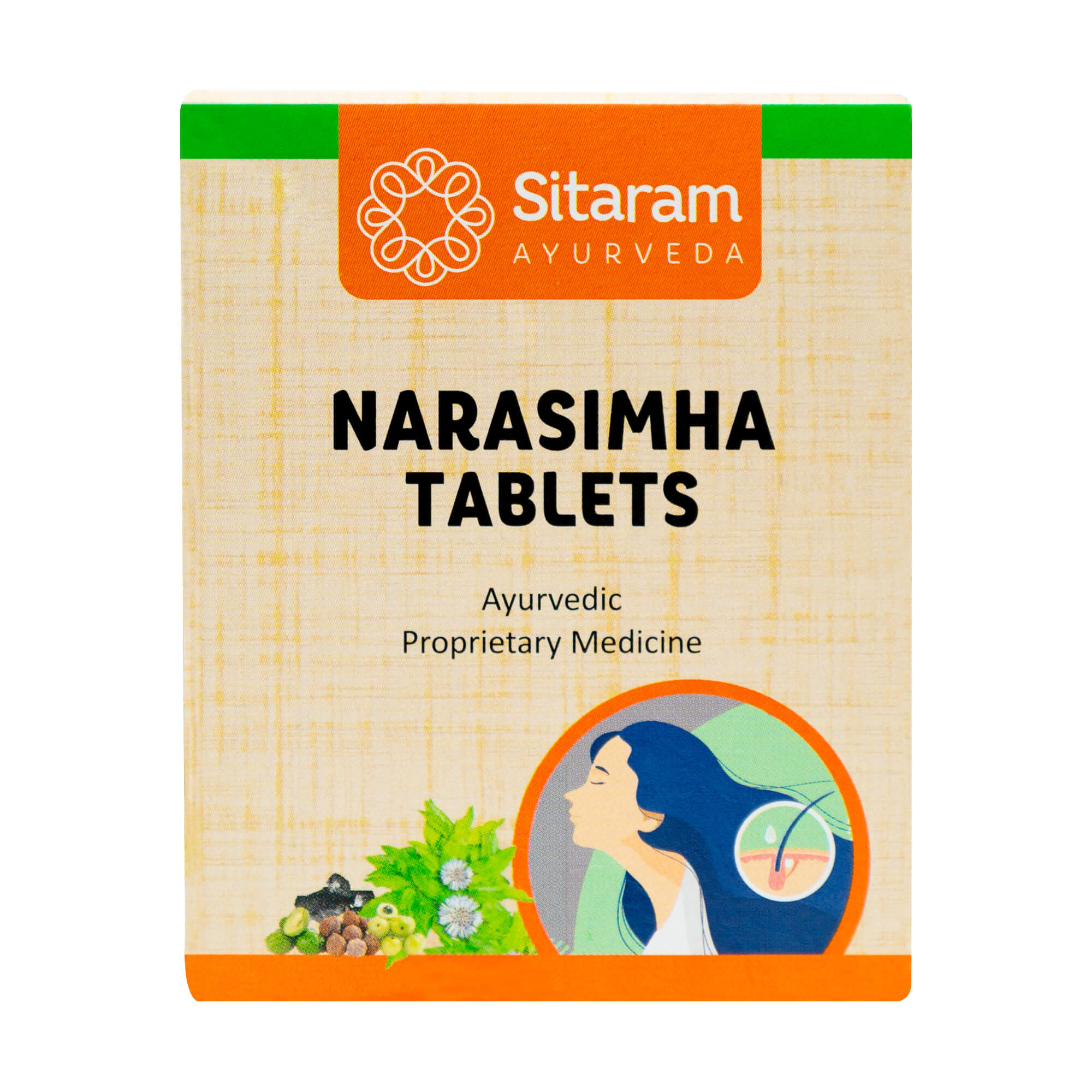
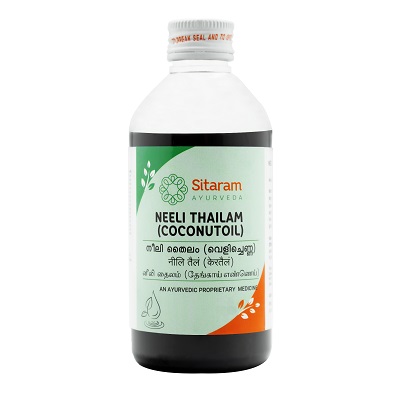
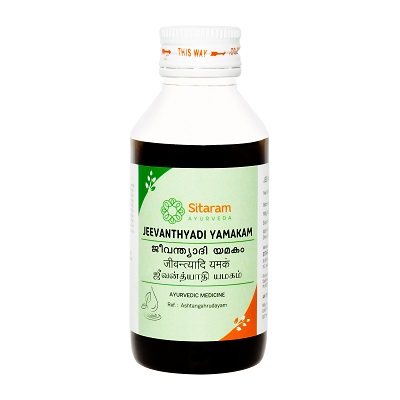
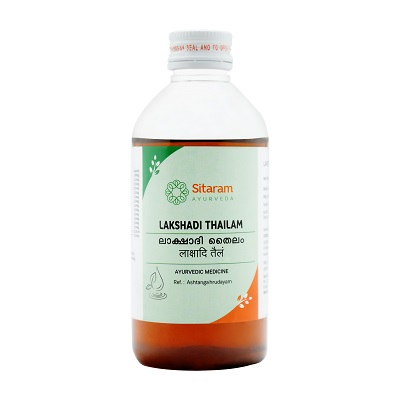
Anonymous (verified owner) –
It’s a very effective ointment. Gonna order again. Thank you 🙏🏻.
Vinod Dhote (verified owner) –
excellent
Santhosh P (verified owner) –